Home>Garden Essentials>How To Plan A Flower Garden Design
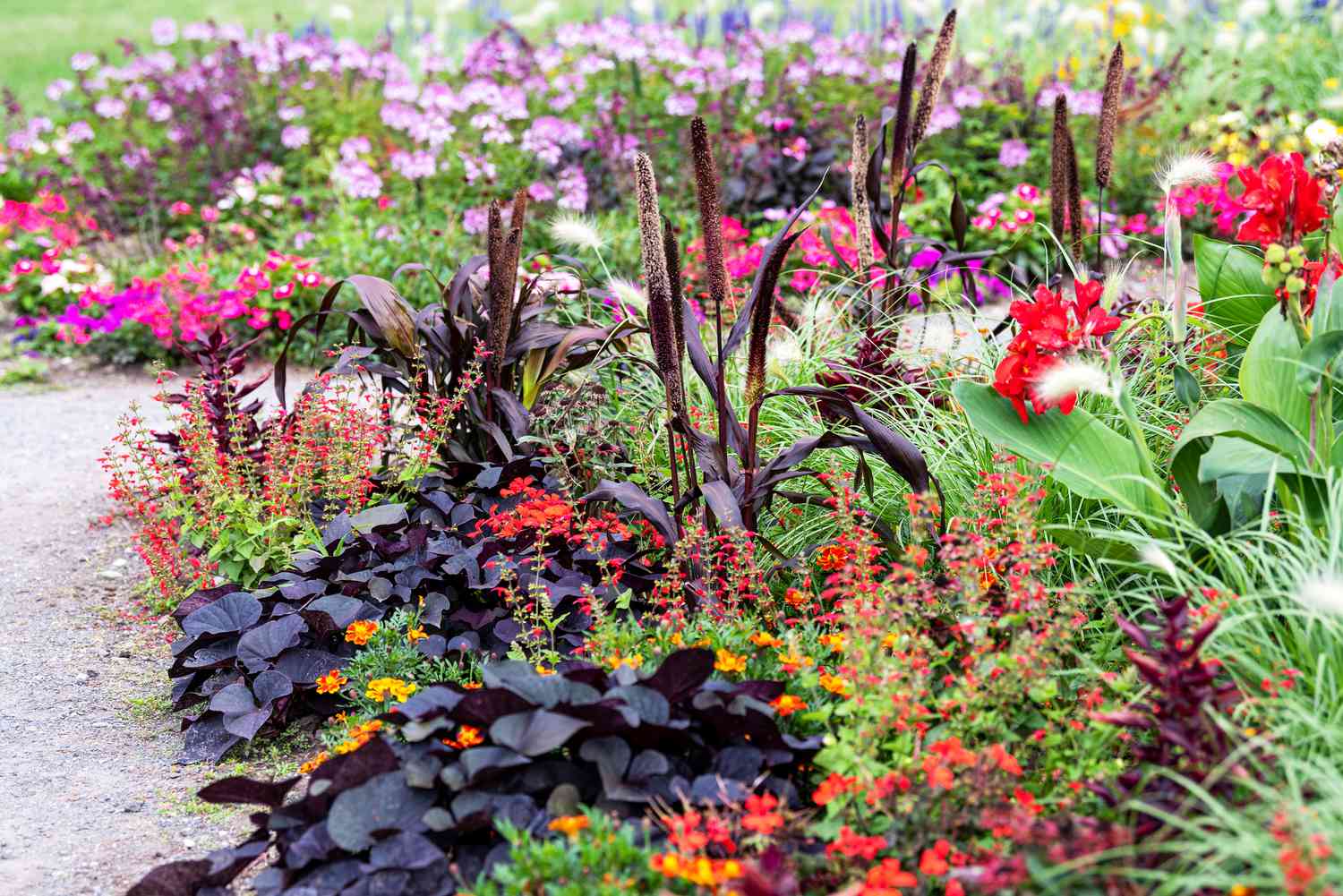

Garden Essentials
How To Plan A Flower Garden Design
Modified: March 7, 2024
Discover how to plan a stunning flower garden design with our expert tips on selecting plants, arranging color schemes, and creating a beautiful space to enjoy in your garden.
(Many of the links in this article redirect to a specific reviewed product. Your purchase of these products through affiliate links helps to generate commission for Storables.com, at no extra cost. Learn more)
Introduction
Welcome to the wonderful world of flower gardening! Whether you are a seasoned gardener or a beginner, planning a flower garden design can be an exciting and rewarding experience. A well-designed flower garden not only adds beauty to your outdoor space, but it can also attract beneficial pollinators and create a serene and inviting environment.
However, before you start digging and planting, it is important to have a clear plan in place. By following a step-by-step approach, you can ensure that your flower garden design is visually appealing, well-organized, and easy to maintain.
In this article, we will guide you through the process of planning and designing your own flower garden. From assessing your space to selecting flower varieties, and from creating a color scheme to maintaining your garden, we will cover all the essential steps to help you create a stunning floral paradise.
So, grab a cup of your favorite beverage, put on your gardening gloves, and let’s dive into the art of planning a flower garden design!
Key Takeaways:
- Planning a flower garden involves assessing space, choosing a garden style, selecting flower varieties, and creating a color scheme. It’s like painting a living masterpiece that changes with the seasons!
- Proper maintenance, including watering, weeding, and pest control, is crucial for a thriving flower garden. It’s like caring for a colorful, ever-changing ecosystem right in your own backyard!
Read more: How To Design A Flower Garden
Step 1: Assess Your Space
Before you start designing your flower garden, it is important to assess the space you have available. Consider the size, shape, and layout of your garden area, as well as any existing features, such as trees, fences, or pathways.
Take note of how much sunlight the area receives throughout the day. Some flowers require full sun, while others thrive in partial or full shade. Understanding the light conditions in your garden will help you choose the right plants for optimal growth.
Consider the soil quality as well. Is it sandy, clayey, or loamy? Does it drain well or tend to hold water? Certain flowers have specific soil requirements, so it’s important to know your soil’s characteristics before selecting your plant varieties.
Additionally, take into account the climate of your region. Different flowers have different temperature and moisture preferences. Choose flowers that are well-suited to your climate to ensure their survival and growth.
By thoroughly assessing your space, you will have a better understanding of its limitations and possibilities. This will help you make informed decisions when it comes to selecting flower varieties and designing the layout of your garden.
Step 2: Determine Your Garden Style
Once you have assessed your space, it’s time to determine the style or theme of your flower garden. The style you choose will set the tone and aesthetic of your garden, creating a cohesive and harmonious look.
There are various garden styles to choose from, each with its own unique characteristics and appeal. Here are a few popular garden styles to consider:
- Cottage Garden: A cottage garden exudes a rustic and romantic charm with its abundance of colorful flowers and informal design. It often features a mix of annuals, perennials, and climbing plants, and may incorporate elements such as picket fences, pathways, and whimsical garden structures.
- Formal Garden: A formal garden is characterized by its symmetrical layout, manicured hedges, and geometric patterns. It creates a sense of elegance and order with its well-defined lines and carefully selected plantings. Popular flowers for a formal garden include roses, boxwoods, and topiaries.
- Modern Garden: A modern garden embraces clean lines, minimalism, and contemporary design. It often features a limited color palette, architectural plants, and sleek materials. The focus is on simplicity and creating a sense of tranquility.
- Wildflower Meadow: A wildflower meadow is a more naturalistic and low-maintenance garden style. It aims to mimic the beauty of a meadow with its native and wildflower plantings. This style is perfect for attracting pollinators and creating a habitat for wildlife.
Consider your personal preferences, the architectural style of your home, and the surrounding landscape when choosing a garden style. It’s important to select a style that resonates with you and complements the overall aesthetic of your outdoor space.
By determining your garden style early on, you can make decisions about plant selection and garden layout that align with the desired look and feel of your flower garden.
Step 3: Choose Your Flower Varieties
Choosing the right flower varieties is a vital step in planning your flower garden design. The selection of flowers will depend on factors such as your garden style, climate, soil conditions, and personal preference.
Start by considering the colors and textures you would like to incorporate in your garden. Do you prefer bold and vibrant blooms or subtle pastel shades? Mixing different colors and textures can create visual interest and depth in your flower beds.
When selecting flower varieties, it’s important to choose a mix of annuals and perennials. Annuals provide instant color and can be replanted every year, while perennials come back year after year, providing long-term beauty to your garden.
Consider the bloom time of different flowers as well. By choosing a mix of early, mid, and late-blooming plants, you can ensure that your garden remains in bloom throughout the growing season. This will provide continuous visual interest and attract pollinators.
Research the growing requirements of each flower variety you are interested in. Some plants prefer full sun, while others thrive in shade. Some may require specific soil conditions or have specific water needs. Understanding these requirements will help you create the ideal growing environment for your flowers.
Don’t forget to consider the height and spread of each flower variety. This will help you plan the layout of your garden, ensuring that each plant has enough space to grow and showcase its beauty.
Lastly, take into account any specific purposes you have for your flower garden. Do you want to attract butterflies or hummingbirds? Are you looking to create a fragrant garden or a cutting garden for fresh flowers? By considering these purposes, you can select flowers that will fulfill your specific goals.
By carefully choosing a diverse selection of flower varieties, you can create a flower garden that is visually stunning, attracts wildlife, and suits your personal preferences and needs. Remember to incorporate a mix of colors, textures, and bloom times to create a vibrant and dynamic garden.
Step 4: Plan Your Garden Layout
Now that you have chosen your flower varieties, it’s time to plan the layout of your garden. The layout will determine the overall organization and structure of your flower beds, pathways, and other garden elements.
Start by sketching a rough layout of your garden on a piece of paper or using a digital design tool. Consider the shape and size of your outdoor space, as well as any existing features or structures.
Divide your garden into distinct areas or beds based on the different flower varieties you have chosen. This will help create cohesion and prevent overcrowding. Arrange the flowers in a way that allows each variety to shine and showcase its unique characteristics.
When planning the layout, consider the heights and sizes of the plants. Place taller plants towards the back of the beds or towards the center of the garden, and shorter varieties towards the front or edges. This will create a sense of depth and visual interest.
Think about incorporating pathways or stepping stones to navigate through your garden. This will not only create a practical element but also add visual appeal. Curved pathways can provide a sense of flow and create a more organic and inviting feel.
Consider adding focal points or garden features such as trellises, arbors, or sculptures. These elements can serve as centerpieces and add a touch of charm and elegance to your flower garden.
Take into account the overall balance and symmetry of your garden design. Aim for a visually pleasing composition by creating a sense of equilibrium and harmony. This can be achieved by mirroring the placement of plants or features on either side of a central axis.
As you plan your garden layout, it’s important to keep in mind the practical aspects of maintenance. Leave enough space between plants for airflow and easy access for watering, weeding, and pruning.
By carefully planning your garden layout, you can ensure that your flower garden design is not only visually appealing but also functional and easy to maintain. Take the time to experiment and make adjustments as needed until you are satisfied with the overall arrangement and flow of your garden.
Read more: How To Plant Flower Garden
Step 5: Create a Color Scheme
A well-thought-out color scheme can greatly enhance the visual impact of your flower garden design. By selecting colors that complement and harmonize with each other, you can create a cohesive and aesthetically pleasing display.
Start by deciding on the overall mood or theme you want to convey through your color scheme. Do you prefer a vibrant and energetic garden or a tranquil and soothing one? The colors you choose will play a key role in creating the desired atmosphere.
One approach to creating a color scheme is to choose a monochromatic palette. This involves selecting different shades and tones within a single color family. For example, shades of purple ranging from lavender to deep violet can create a calming and cohesive effect.
If you prefer a more dynamic look, consider using complementary colors. These are colors that are opposite each other on the color wheel, such as orange and blue or yellow and purple. The contrast between these colors can create an eye-catching and vibrant effect.
Another option is to use an analogous color scheme, which involves selecting colors that are adjacent to each other on the color wheel. This creates a harmonious and cohesive look. For example, using various shades of pink, purple, and blue can create a soft and romantic feel.
Consider the bloom time of your selected flower varieties when creating your color scheme. If you want a continuous display of color throughout the season, choose flowers that bloom at different times and coordinate their colors accordingly. This ensures that your garden remains visually appealing from spring to fall.
Keep in mind that foliage can also contribute to your color scheme. Consider the color and texture of the leaves when selecting your flower varieties. For example, plants with variegated foliage can add visual interest even when they are not in bloom.
Experiment with different combinations and arrangements of colors in your flower beds. Consider creating focal points or color blocks to draw attention and create visual impact. Don’t forget to leave some space for breathing and balance, allowing individual plants and their colors to shine.
By creating a thoughtfully designed color scheme, you can elevate the beauty and visual impact of your flower garden. Whether you choose monochromatic, complementary, or analogous colors, the result will be a harmonious and captivating display of nature’s hues.
When planning a flower garden design, consider the sunlight and soil conditions in your garden to choose the right plants for each area. This will help ensure that your flowers thrive and bloom beautifully.
Step 6: Consider Seasonal Blooms
When planning your flower garden design, it’s important to consider the blooming seasons of your chosen flower varieties. By incorporating plants that bloom at different times throughout the year, you can ensure that your garden remains vibrant and colorful all season long.
Start by researching the specific blooming seasons of the flowers you have selected. Some plants bloom in the spring, others in the summer, and some even have a second bloom in the fall. Understanding the timing of each plant’s blooming period will help you create a well-balanced and continuously blooming garden.
Consider incorporating early spring bulbs such as tulips, daffodils, and crocuses. These flowers provide a burst of color and cheer as winter fades away. They are a delightful way to welcome the arrival of spring.
For the summer season, choose a mix of annuals and perennials that thrive in the heat. Sunflowers, zinnias, and marigolds are popular choices for their bright and showy blooms. Perennials like coneflowers, daylilies, and Black-eyed Susans also provide long-lasting color during the summer months.
As fall approaches, consider adding plants with late-season blooms. Dahlias, asters, and mums are popular choices for their vibrant colors and ability to withstand cooler temperatures. These flowers can extend the beauty of your garden well into autumn.
To ensure a continuous display of color, stagger the planting of your flower varieties. This will help create a seamless transition from one blooming period to another. Additionally, consider interplanting early bloomers with later ones to fill in any gaps and maintain visual interest throughout the season.
Remember to take into account the specific climate of your region when selecting your plants. Some flowers may thrive in cooler climates, while others may prefer warmer temperatures. Choose plants that are well-suited to your climate to increase their chances of success.
By carefully considering the blooming seasons of your chosen flowers and incorporating a mix of early, mid-, and late-blooming varieties, you can create a flower garden that is a feast for the eyes throughout the year. Enjoy the ever-changing beauty of nature’s blooms as you immerse yourself in the wonder of seasonal colors.
Step 7: Provide Proper Drainage
Proper drainage is a crucial aspect of maintaining a healthy and thriving flower garden. It ensures that excess water is effectively drained away from the roots, preventing issues such as root rot and waterlogging.
Start by assessing the soil drainage in your garden. If you have heavy clay soil that tends to hold water, you may need to take steps to improve drainage. One method is to amend the soil with organic matter such as compost or well-rotted manure. This helps loosen the soil and improve its ability to drain water.
If your garden is in a low-lying area where water tends to accumulate, you may need to consider creating raised beds. Raised beds provide better drainage and prevent water from pooling around the roots of your plants. They also allow for better control over soil composition, making it easier to create optimal growing conditions for your flowers.
Another option is to incorporate drainage solutions such as French drains or gravel trenches. These structures can help redirect excess water away from your flower beds, preventing waterlogged soil. Be sure to consult with a professional if you are considering installing any structural drainage systems.
When planting your flowers, be mindful of their specific water requirements. Some plants prefer well-drained soil, while others can tolerate more moisture. Grouping plants with similar watering needs together can help ensure that each plant receives the appropriate amount of water.
During periods of heavy rainfall or excessive watering, be cautious not to overwater your flower beds. Too much water can lead to waterlogged soil and drown the roots of your plants. Monitor the moisture levels of the soil and adjust your watering accordingly.
In addition to providing proper drainage, it’s important to choose plants that are well-suited to the natural water conditions in your garden. Select flowers that are adapted to your region’s rainfall patterns and can withstand periods of drought or heavy rain.
By ensuring proper drainage in your flower garden, you create an optimal growing environment for your plants. Healthy roots and well-drained soil will contribute to the overall vitality and longevity of your flowers, allowing them to thrive and bloom to their fullest potential.
Step 8: Prepare the Soil
Preparing the soil is a crucial step in creating a successful flower garden. Healthy soil provides the essential nutrients and a supportive environment for your plants to grow and thrive. Here are some key steps to prepare the soil:
1. Clear the Area: Start by clearing any existing vegetation or debris from the garden area. Remove weeds, rocks, and any other obstructions that may hinder the growth of your flowers.
2. Test the Soil: It’s important to know the pH level and nutrient content of your soil. You can send a soil sample to a local agricultural extension office for testing or use a home testing kit. This will help you determine if any amendments are needed.
3. Add Amendments: Based on the results of your soil test, you may need to amend the soil to optimize its fertility and pH balance. Common soil amendments include compost, well-rotted manure, peat moss, or organic matter. These amendments improve soil structure, nutrient content, and water retention.
4. Loosen the Soil: Use a garden fork or tiller to loosen the soil and break up any clumps. This will help improve aeration and drainage. Be careful not to over-till as this can damage soil structure.
5. Incorporate Organic Matter: Mix in the chosen amendments thoroughly with the existing soil. This will ensure that the nutrients are evenly distributed. Organic matter improves soil fertility, moisture retention, and microbial activity.
6. Level the Soil: Use a rake to level the soil and create a smooth, even surface. This will make it easier to plant and maintain your flower garden.
7. Mulch the Soil: After planting your flowers, apply a layer of organic mulch, such as shredded bark or compost, to conserve moisture, suppress weeds, and regulate soil temperature.
8. Water the Soil: Before planting, moisten the soil thoroughly to provide a good start for your flowers. Ensure that the water penetrates the soil to a depth of at least 6 inches.
By properly preparing the soil, you create an optimal foundation for your flower garden. Nutrient-rich and well-drained soil sets the stage for healthy plant growth, robust blooms, and a flourishing garden.
Read more: How To Plan A Garden Bed Layout
Step 9: Start Planting
Now that you have prepared the soil, it’s time to bring your flower garden to life by planting your chosen varieties. Follow these steps to ensure successful planting:
1. Read Planting Instructions: Refer to the planting instructions provided with each flower variety. Pay attention to the recommended spacing, planting depth, and any specific requirements for sunlight or shade.
2. Dig Planting Holes: Dig holes that are slightly larger and deeper than the root balls or containers of your flowers. This will give the roots plenty of space to spread and establish themselves.
3. Loosen Roots: Gently loosen the roots of each plant before planting. This encourages better root growth and allows the roots to expand into the surrounding soil more easily.
4. Place the Plants: Carefully place each plant in its designated hole. Ensure that the top of the root ball is level with or slightly above the soil surface. Placing the plants too deep can inhibit their growth.
5. Backfill and Firm the Soil: Fill the hole with soil, gently pressing it around the root ball to eliminate any air pockets. Firm the soil lightly to provide stability for the plant.
6. Water Thoroughly: After planting, water the soil around each plant thoroughly. This helps settle the soil and ensures that the roots make good contact with the surrounding soil. Water deeply and slowly to allow the water to reach the deeper roots.
7. Add Mulch: Apply a layer of mulch around each plant, keeping it a few inches away from the stem. Mulch helps retain moisture, regulate soil temperature, and suppress weeds.
8. Provide Support: If your flower varieties require support, such as stakes or trellises, install them at the time of planting. This helps prevent damage to the plants as they grow taller.
9. Space Plants Properly: Ensure proper spacing between plants to allow for adequate air circulation and prevent overcrowding. This reduces the risk of diseases and promotes healthy growth.
10. Follow Care Instructions: Take note of any specific care instructions for each flower variety, including watering, fertilizing, and pruning. Follow these instructions to promote healthy growth and maximize the beauty of your garden.
Remember that planting is a rewarding and creative process. Experiment with different layouts, textures, and colors to create a visually appealing and harmonious flower garden.
With proper planting techniques and care, your flower garden will flourish and become a breathtaking oasis of beauty and serenity.
Step 10: Provide Adequate Maintenance
After planting your flower garden, it is crucial to provide adequate maintenance to ensure the health and vitality of your plants. Regular maintenance will help your garden thrive and continue to be a source of beauty and joy. Here are some essential tasks to include in your flower garden maintenance routine:
1. Watering: Monitor the moisture levels of the soil and water your plants as needed. Provide deep, thorough watering to encourage healthy root growth. Be mindful of weather conditions and adjust your watering schedule accordingly.
2. Weeding: Regularly remove weeds and unwanted vegetation that compete with your flowers for nutrients and space. Be careful not to disturb the roots of your plants while weeding.
3. Mulching: Replenish the mulch layer around your plants as needed. Mulch helps retain moisture, suppress weeds, and regulate soil temperature. Ensure that the mulch is not piled up against the stems of your plants, as this can lead to rot and disease.
4. Pruning: Prune your flowering plants as needed to promote healthy growth and maintain their shape. Remove dead or damaged foliage, and trim back any overgrown branches. Pruning also encourages more blooms and improves air circulation.
5. Fertilizing: Feed your flowers with a suitable fertilizer to provide them with essential nutrients. Choose a fertilizer that is specifically formulated for flowering plants and follow the recommended application instructions. Over-fertilization can be harmful, so use fertilizers sparingly.
6. Pest and Disease Control: Regularly inspect your plants for signs of pests or disease. Promptly address any issues with appropriate organic or chemical treatments. Monitor the health of your plants regularly to catch any problems early on.
7. Deadheading: Remove faded or spent flowers through a process called deadheading. This not only improves the overall appearance of your garden but also encourages your plants to produce new blooms.
8. Support and Staking: As your plants grow taller, provide support and staking as necessary. This helps prevent breakage and keeps your flowers looking tidy and upright.
9. Regular Inspections: Take time to observe your flower garden regularly. Look for any signs of stress, nutrient deficiencies, or potential problems. Early detection allows for prompt intervention and prevents issues from escalating.
10. Enjoy and Take Notes: Finally, take the time to enjoy the beauty and serenity of your flower garden. Make notes of what worked well and what adjustments you might want to make for future gardening endeavors. Gardening is a continuous learning process.
By providing proper maintenance, you can ensure that your flower garden remains healthy, vibrant, and a source of pride. Your efforts will be rewarded with a garden that thrives and brings you joy throughout the seasons.
Conclusion
Congratulations on successfully planning and designing your flower garden! By following the ten steps outlined in this guide, you have laid the foundation for a beautiful and flourishing outdoor space.
Assessing your space, determining your garden style, and choosing flower varieties that suit your climate and personal preferences were the initial steps to crafting a garden that reflects your unique vision. Planning a well-balanced layout, creating a cohesive color scheme, and considering seasonal blooms allowed you to create a garden that evolves and delights throughout the year.
Providing proper drainage, preparing the soil, and starting the planting process with care are essential for establishing healthy plants. And as you continue to provide adequate maintenance, watering, weeding, and monitoring for pests and diseases, your flower garden will continue to thrive and bring you joy.
Remember to stay observant throughout the gardening journey, making adjustments as needed and taking notes for future reference. Gardening is a continuous learning experience, and your ability to adapt and refine your skills will only enhance the success of your flower garden.
So, take a moment to step back and admire the fruits of your labor. The vibrant colors, enchanting scents, and buzzing pollinators are a testament to your dedication and passion. Your flower garden is now a sanctuary of natural beauty, inviting you to relax, unwind, and find solace in the wonders of nature.
Enjoy the seasons as they unfold, witnessing the ever-changing blooms and the symphony of nature’s rhythm. Your flower garden will bring you not only visual delight but also a sense of fulfillment and connection with the natural world.
Thank you for embarking on this journey of planning a flower garden design. May your garden continue to flourish and bring you endless joy for years to come.
Frequently Asked Questions about How To Plan A Flower Garden Design
Was this page helpful?
At Storables.com, we guarantee accurate and reliable information. Our content, validated by Expert Board Contributors, is crafted following stringent Editorial Policies. We're committed to providing you with well-researched, expert-backed insights for all your informational needs.
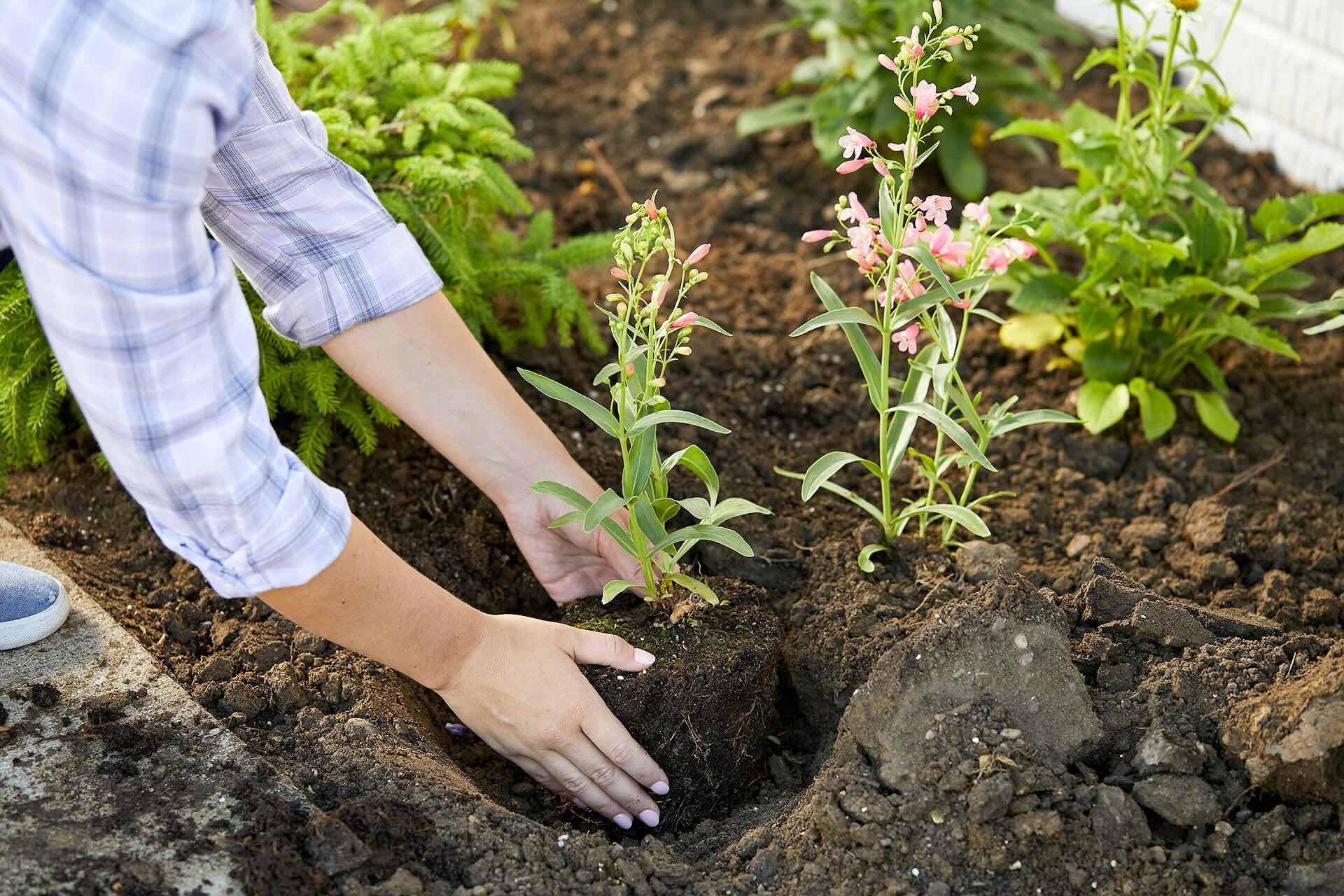
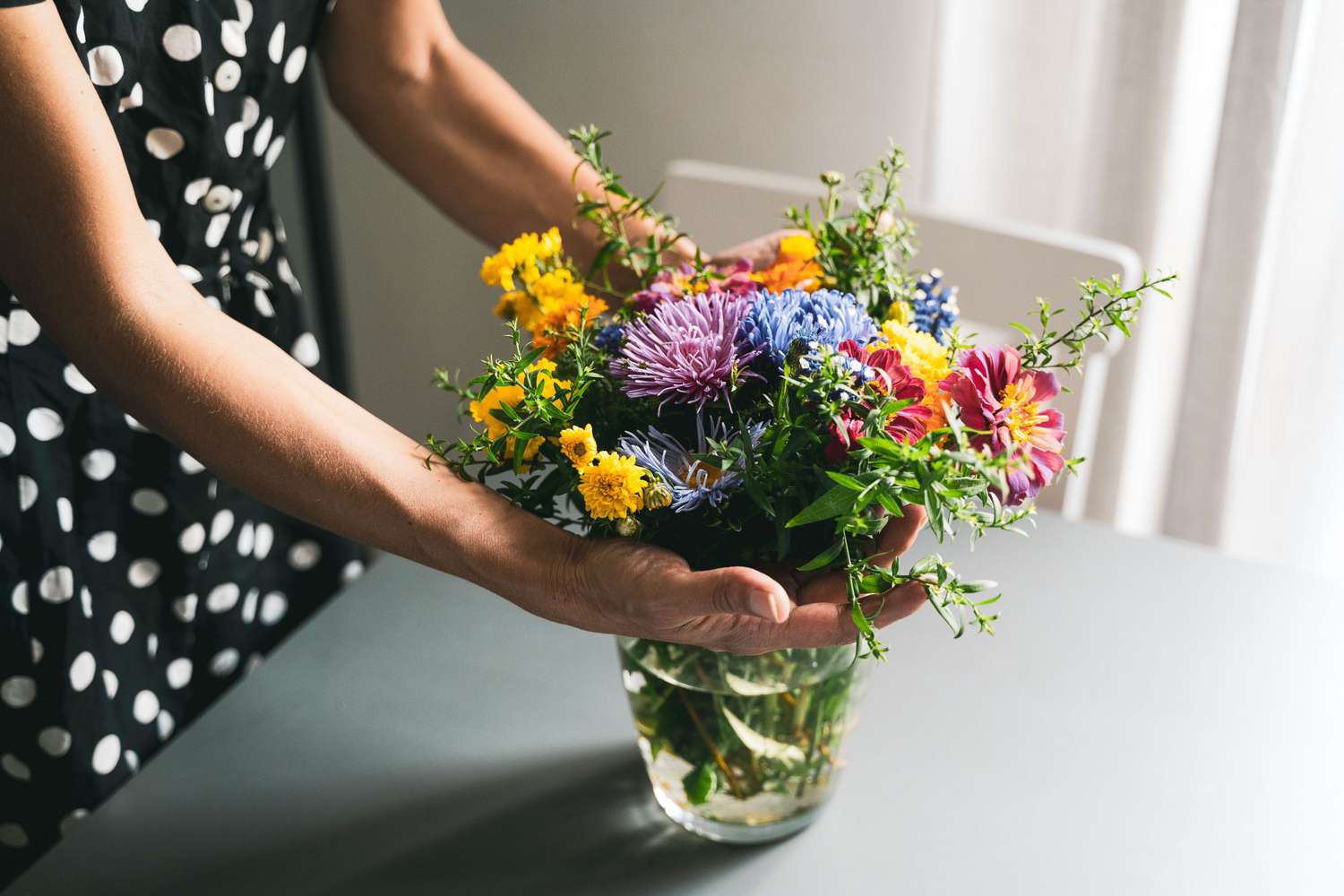
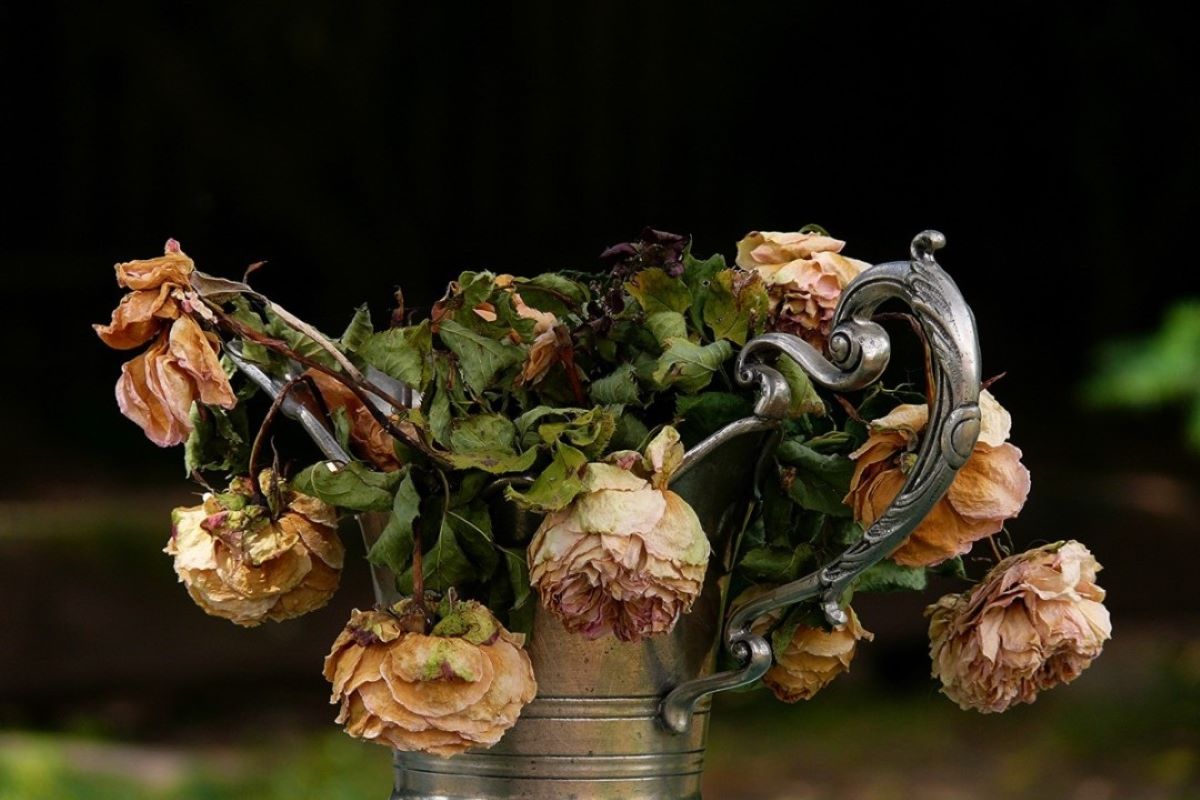
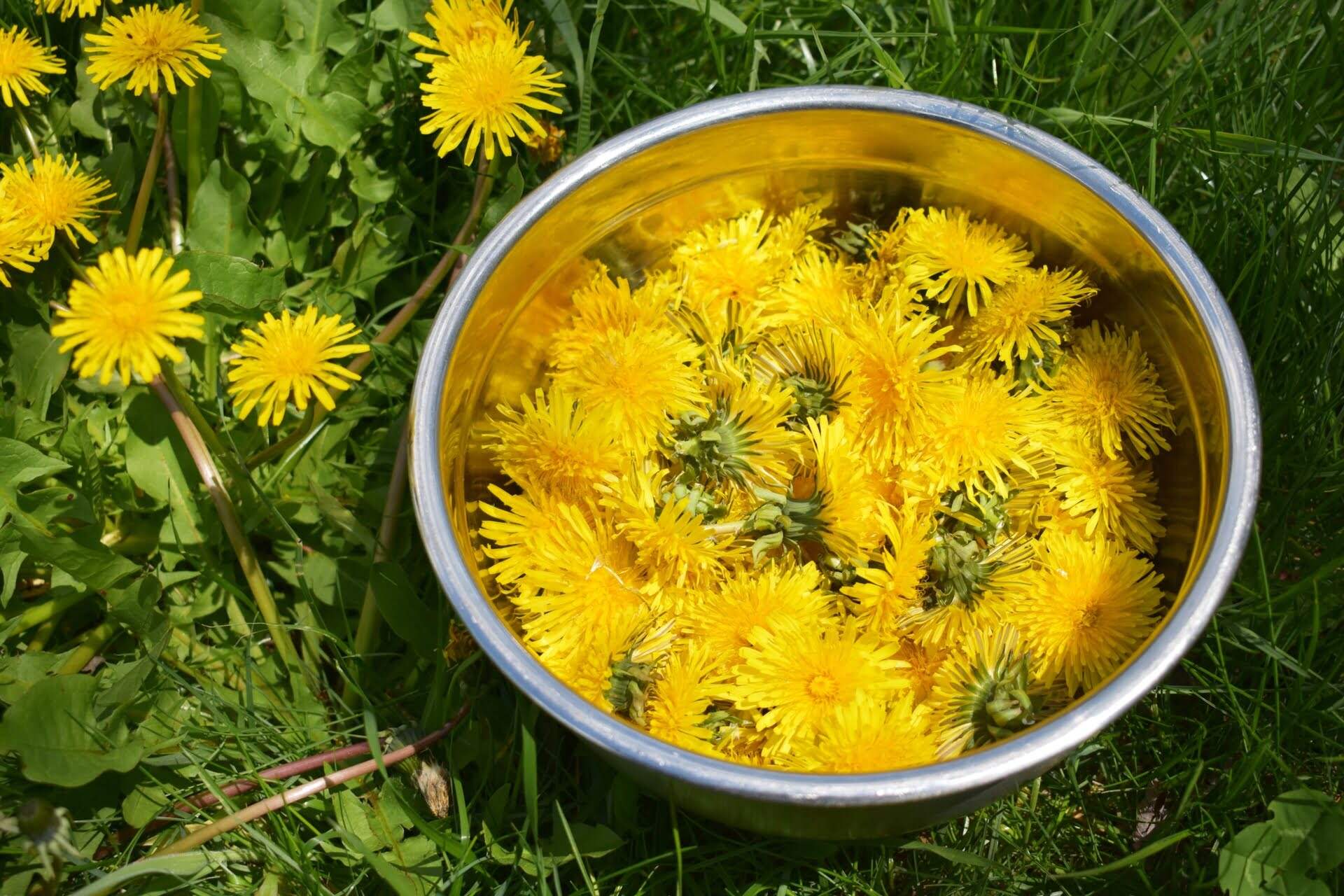



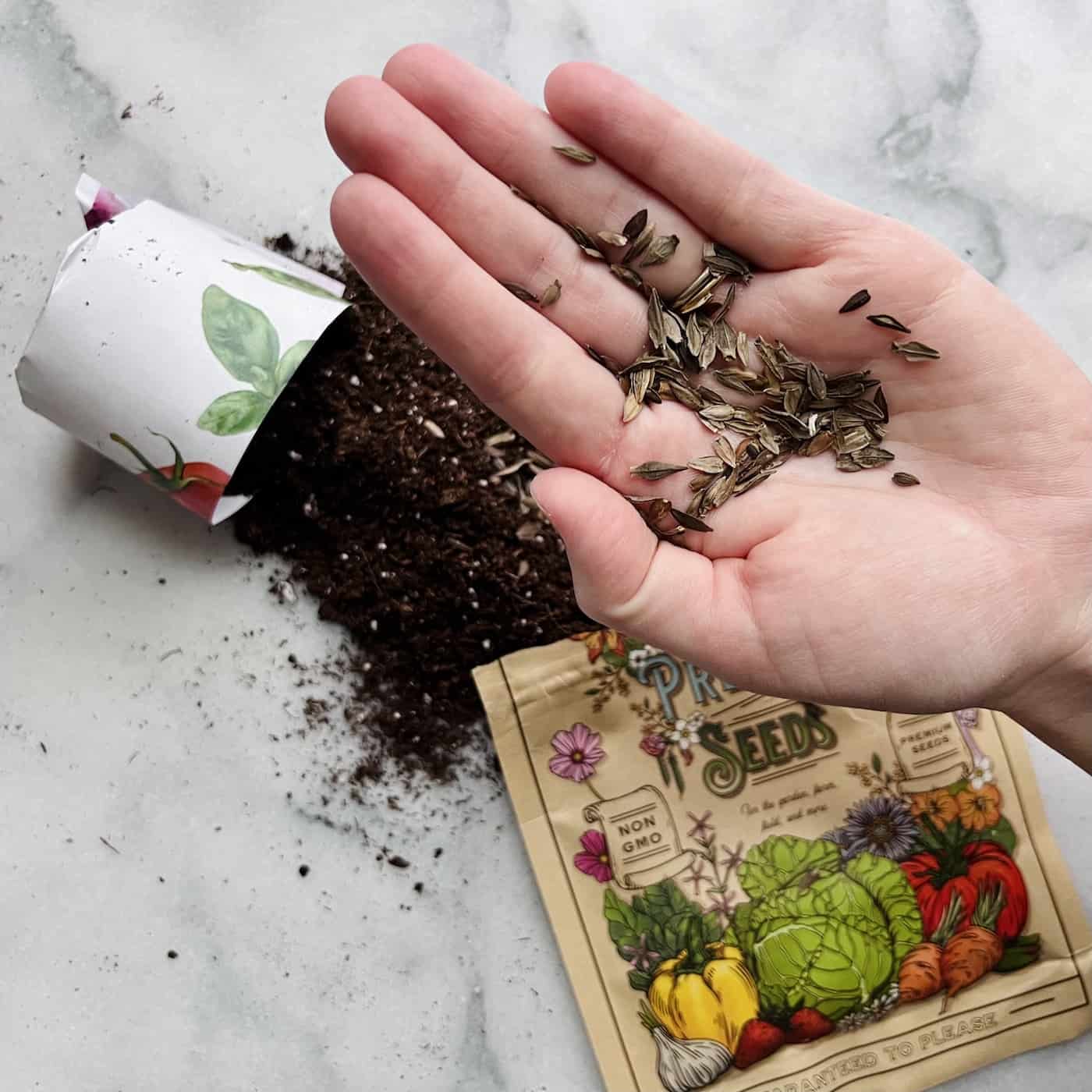
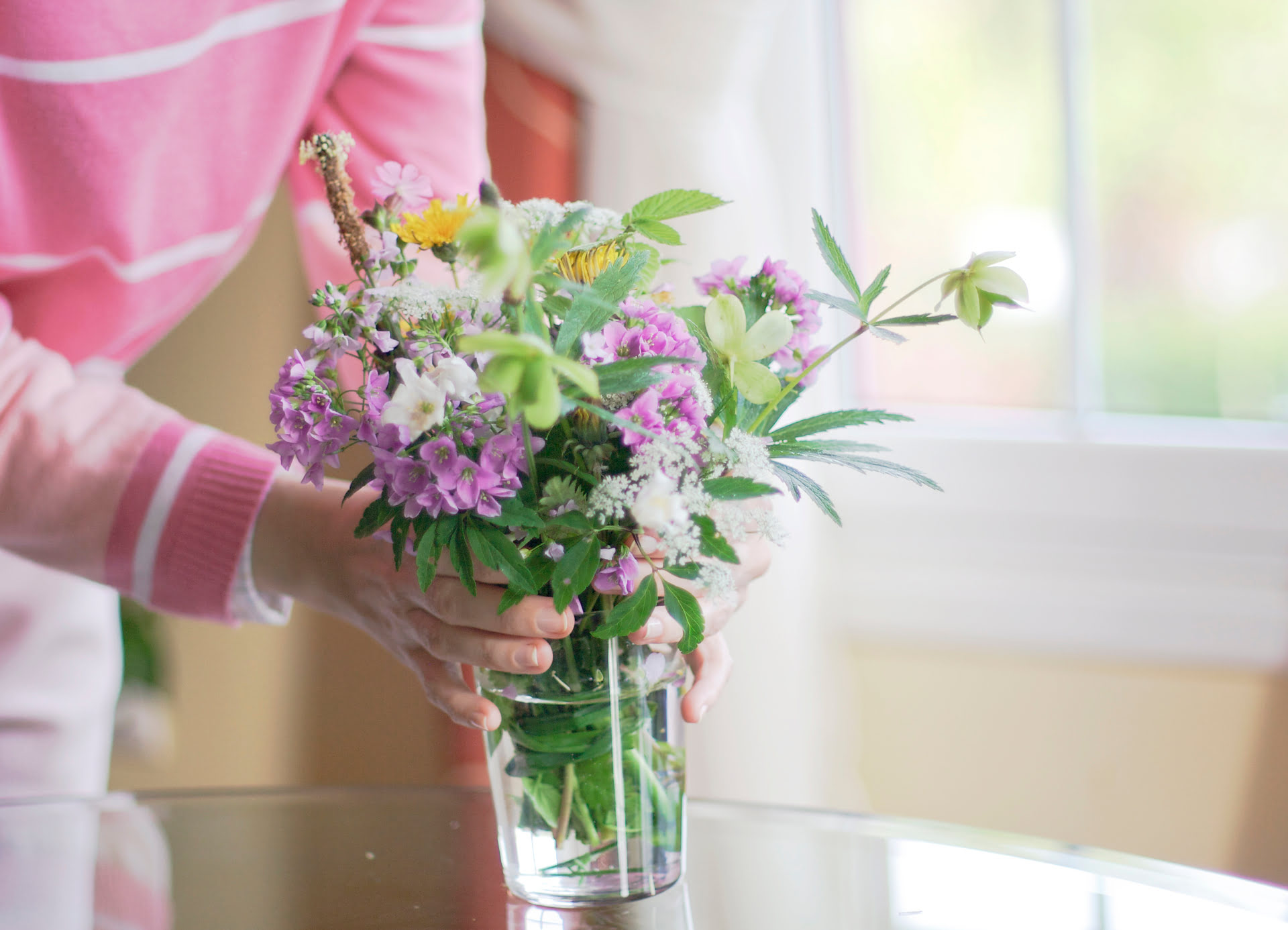
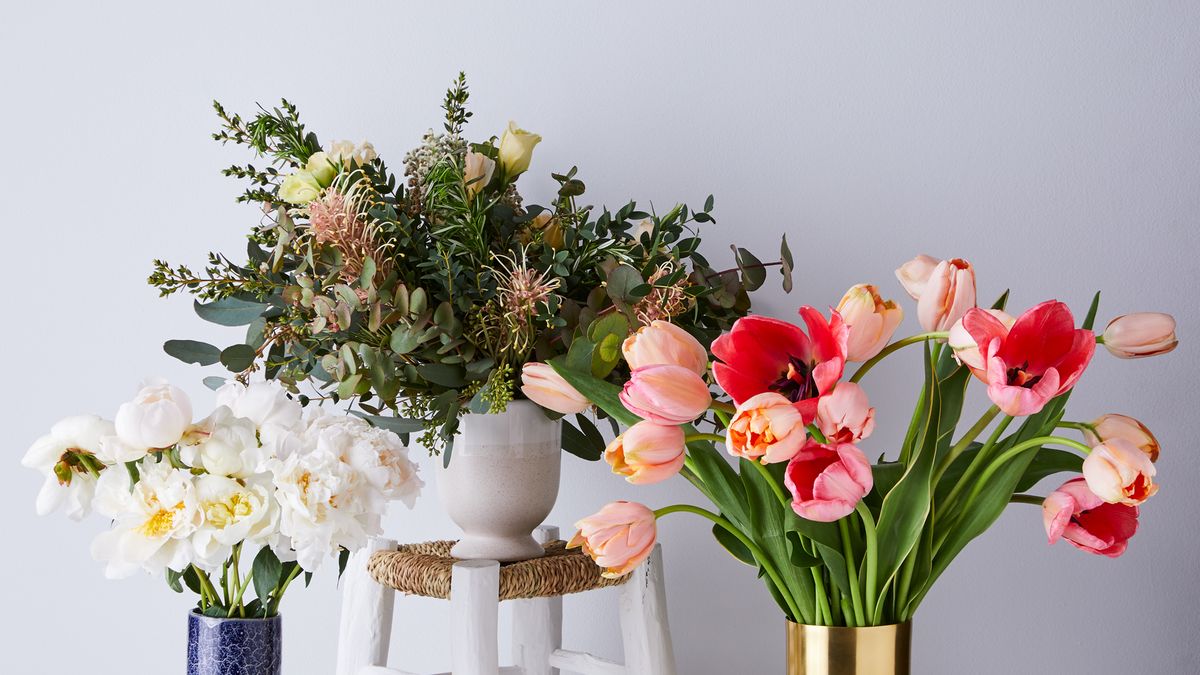
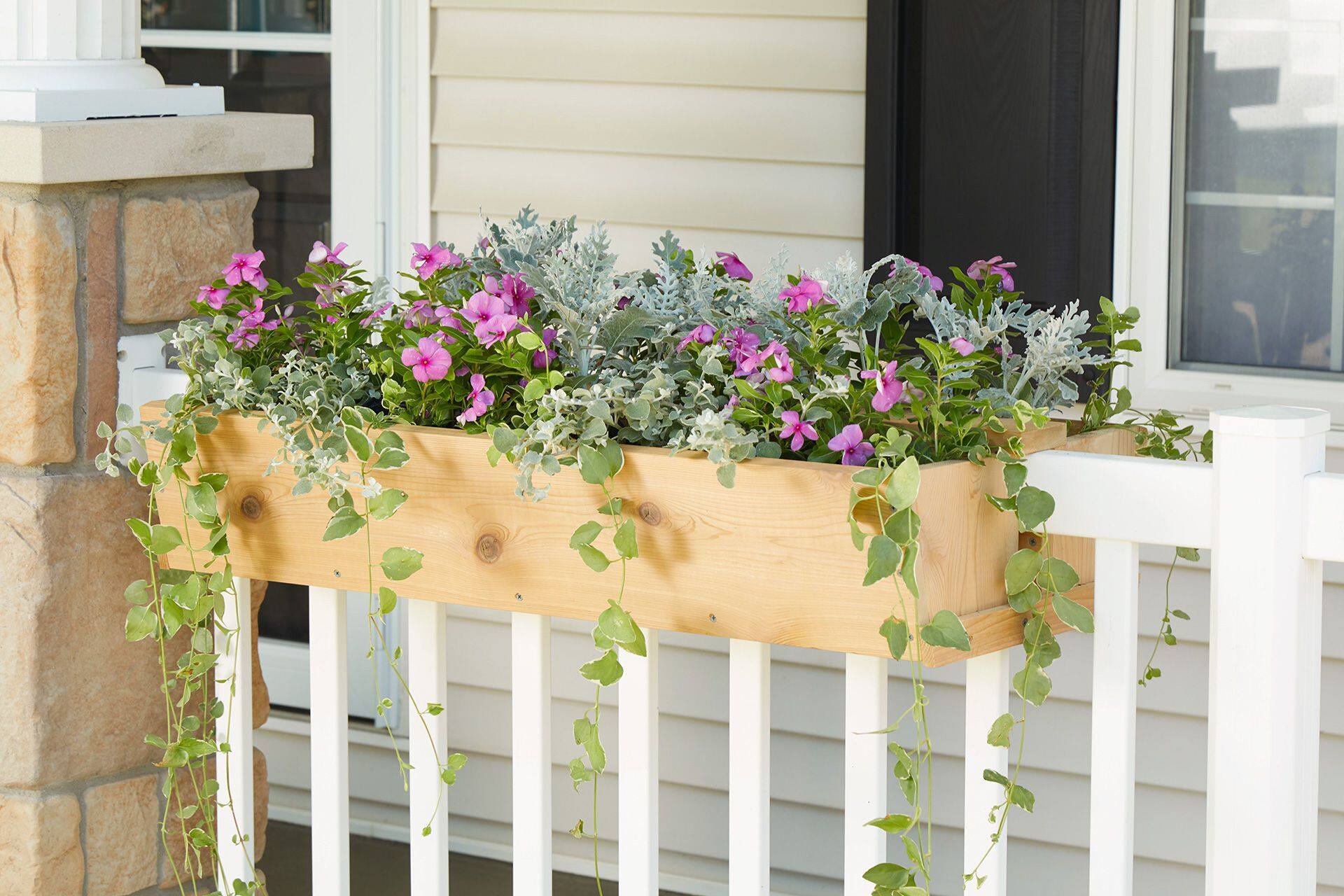
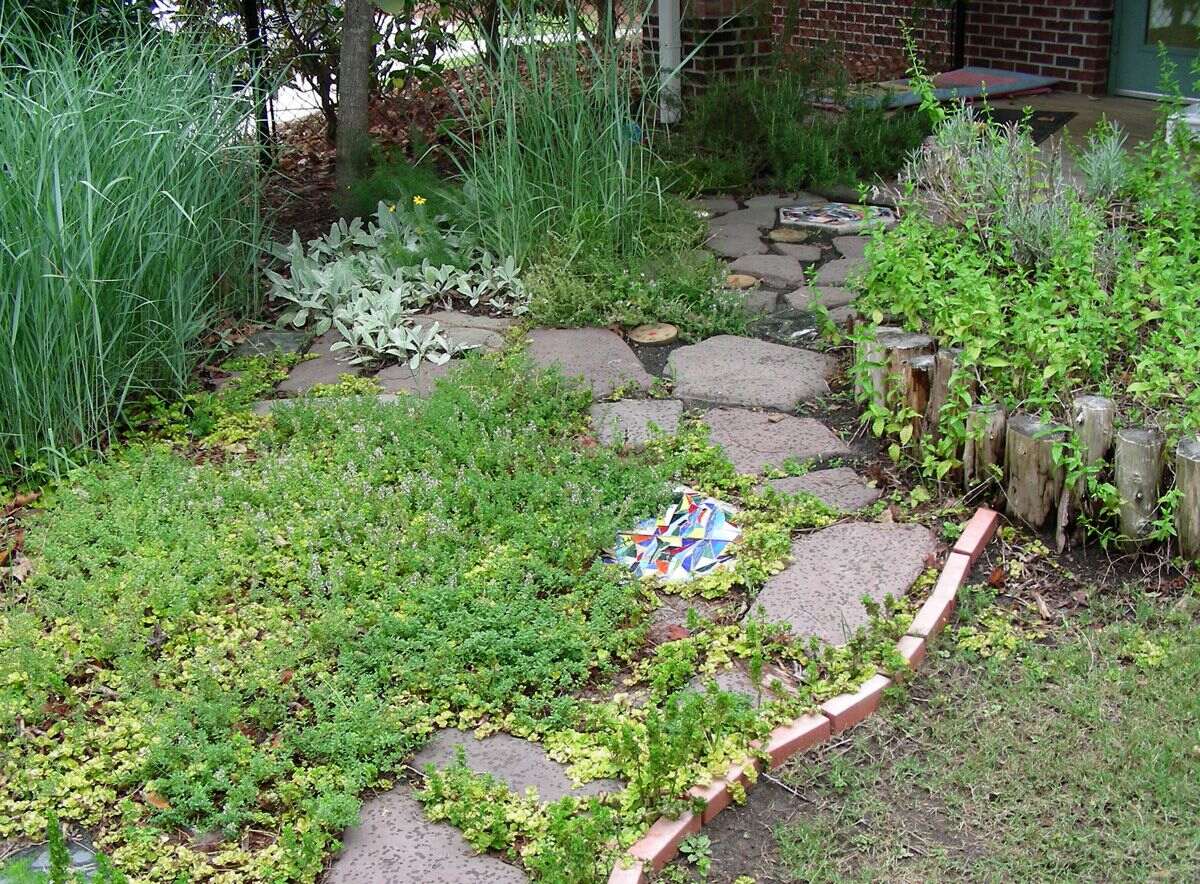
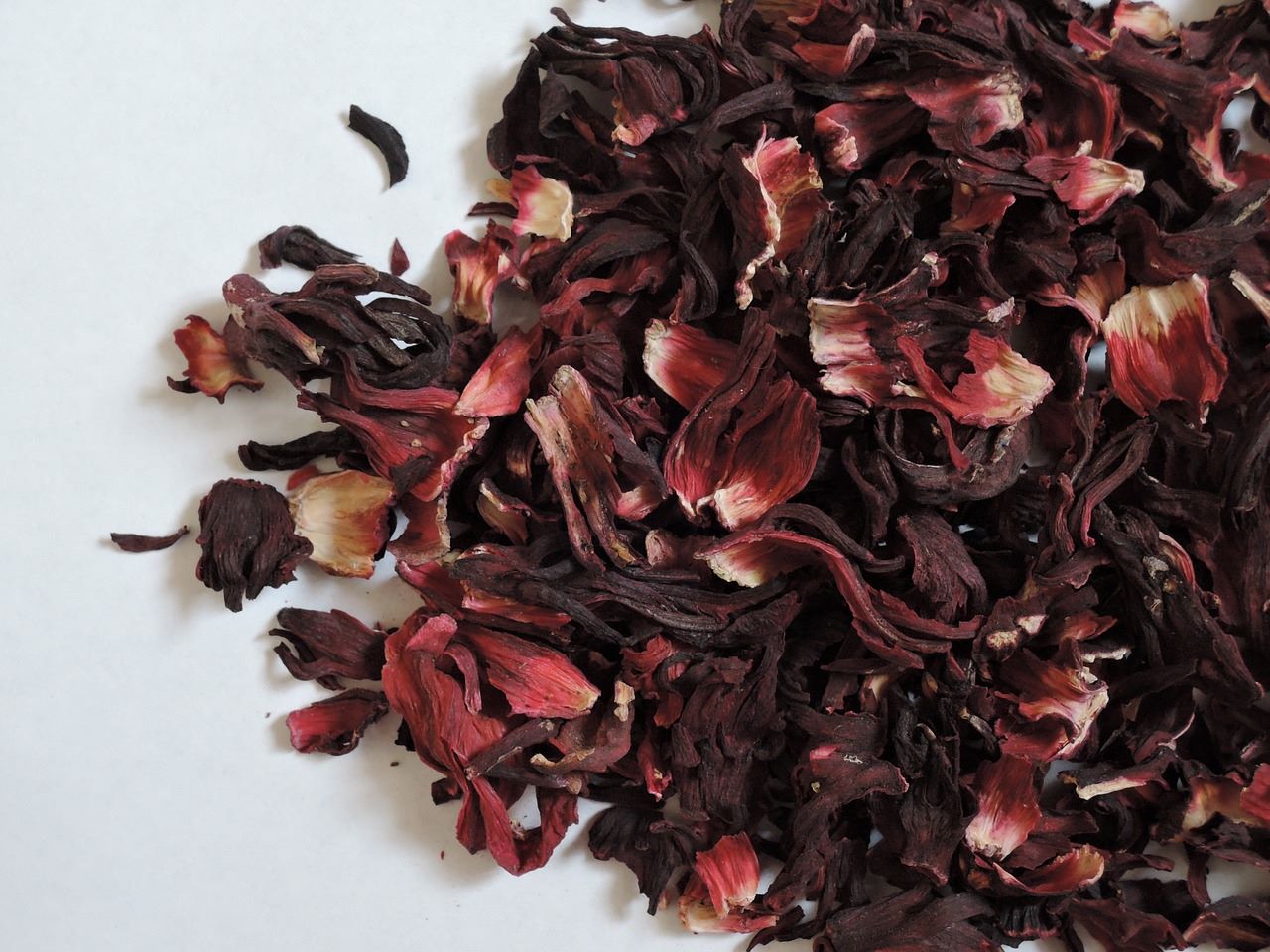

0 thoughts on “How To Plan A Flower Garden Design”